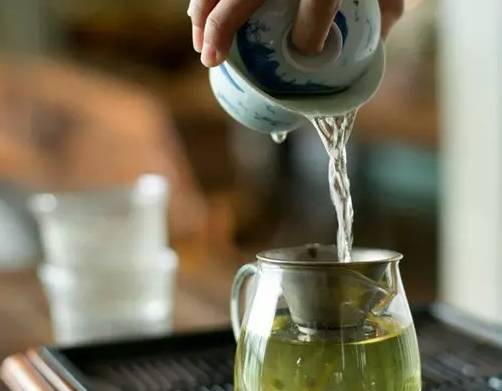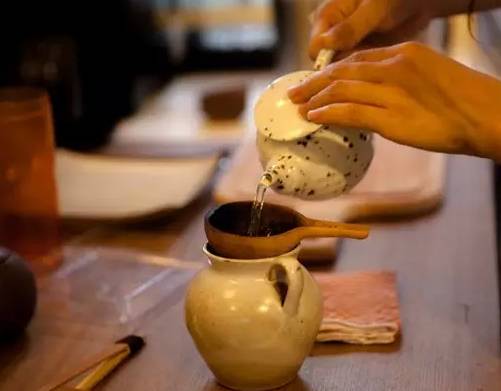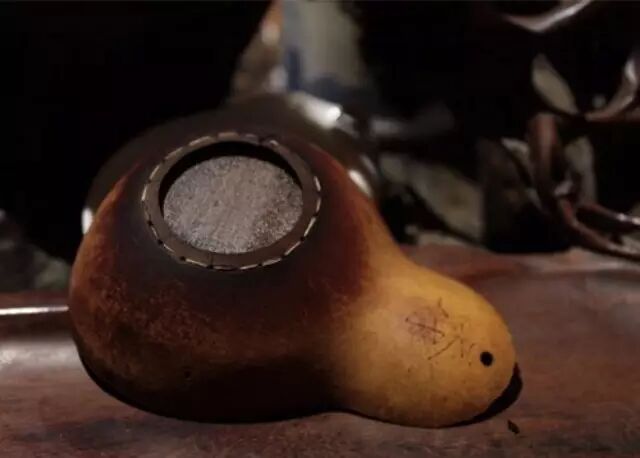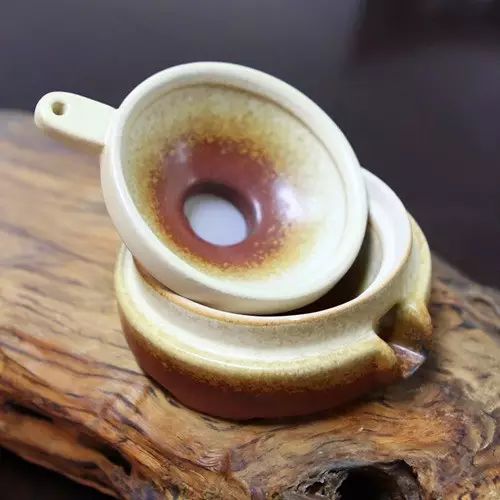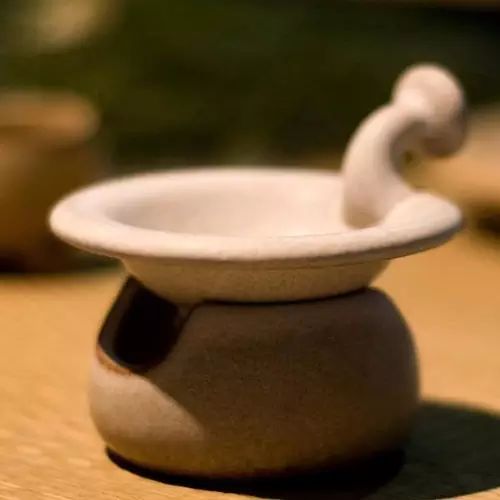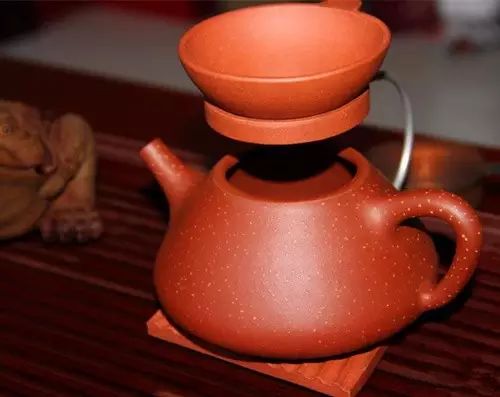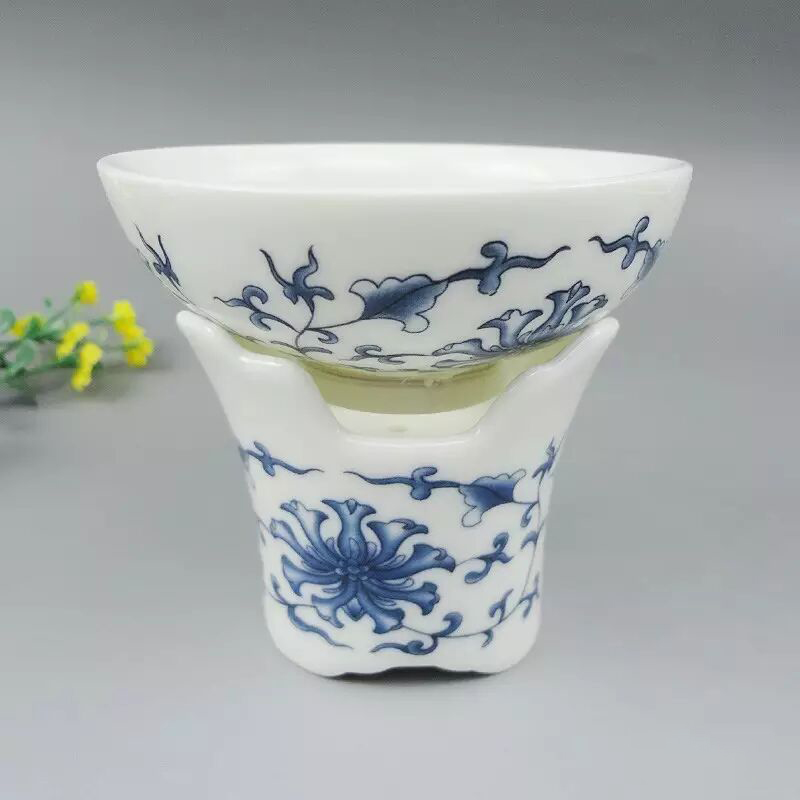The function of tea filtration
In actual brewing, some tea lovers do not like to use tea filters. Not using tea filters has its advantages, as it is convenient and completely authentic to present the true appearance of the tea soup. Some loose tea strips are intact, rigorously processed, and clean, and it is normal not to use a tea filter. Alternatively, during the brewing process, a tea filter can be used for the first few infusions and not for the later ones when there are fewer tea fragments.
It is difficult to avoid the occurrence of tea leaves being crushed during the pressing or prying process of most Pu erh tea. Generally, the gaps in the water outlet of the lid bowl or purple clay pot are not enough to block these broken tea leaves or impurities, which not only affects the beauty but also affects the drinking experience. Choosing a suitable tea filter is beneficial for the performance of the tea soup.
So which material of tea filter is more suitable? Let’s analyze the characteristics of various tea filters:
1. Metal material
This type of tea filter mainly includes pure silver, stainless steel, etc. Pure silver is prone to oxidation and is not commonly used in daily life. Stainless steel tea filters should be the earliest and most popular tea filters.
Advantages: Durable and affordable.
Disadvantages: Firstly, it is difficult to avoid rusting after prolonged use; Secondly, the metallic taste may have a slight impact on tea; The third issue is that the mesh holes are not fine enough, and small particles can still be found at the bottom of the tea soup.
Although stainless steel tea filters cannot be broken or used, they are prone to accumulate tea stains and rust scars over time, making them difficult to clean and maintain hygiene.
2. Animal and plant materials
Common types of tea filters on the market include gourd tea filters and tea filters made from seashells and shells.
Advantages: Original ecological, green and environmentally friendly, and may not be cheap either.
Disadvantages: prone to odor, not durable, easy to accumulate tea stains, and difficult to clean.
3. Ceramic material
It is currently quite common in the market.
Advantages: The filter screen is fine, durable, and easy to clean.
Disadvantages: After long-term use, it is easy to accumulate tea stains and difficult to clean. Ceramics inevitably have a certain degree of adsorption, which can absorb some tea flavors. Different tea products may have slight effects on each other.
4. Purple clay material
Purple clay tea filters have already appeared in the market with some exquisitely crafted products and exquisite ingredients. Purple clay tea filter has many similarities with ordinary pottery tea filter, but it can nourish and nourish. Like purple clay teapots and cups, it can become more and more moist with use. As long as it is cleaned in a timely manner after use, purple clay tea filter adds a fun to play with.
However, purple clay tea filter is generally not suitable for testing tea brewing, as purple clay has some ability to adsorb tea aroma and taste, which may have a slight impact on tea products.
5. Porcelain material
Porcelain tea filters combine practicality and artistic appreciation, with options such as blue and white, pink, Ru kiln, Ge kiln, celadon, etc., adding more fun to tea filters.
Advantages: Easy to clean, fine mesh, does not affect the aroma and taste of tea, filtered tea soup will be more transparent and bright.
6. Glass material
Glass tea filter is inexpensive and practical.
Advantages: Easy to clean, fine mesh, does not affect the aroma and taste of tea, filtered tea soup will be more transparent and bright.
Post time: Sep-03-2025






